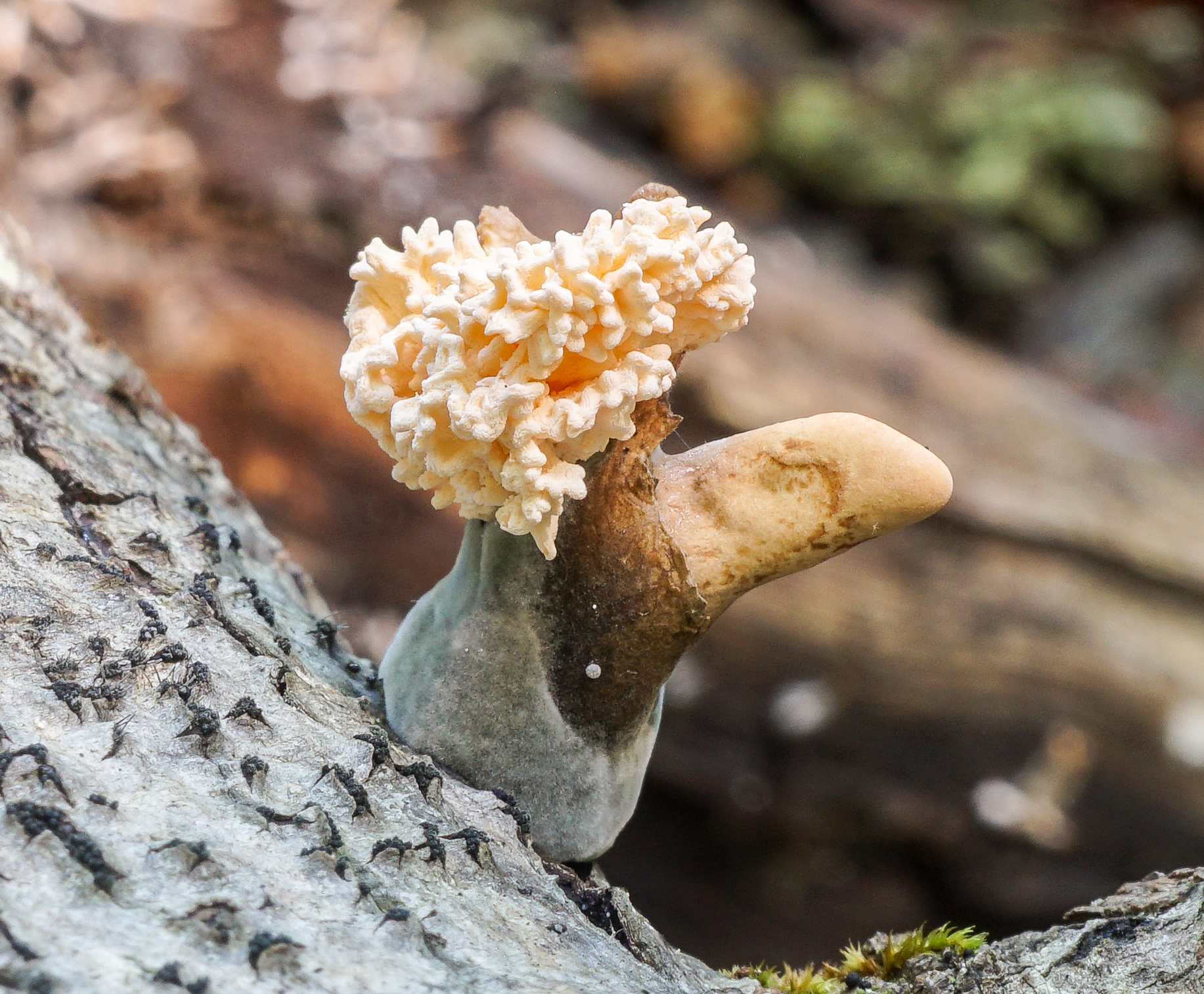|
Clypeosphaeriaceae
The Clypeosphaeriaceae are a family of fungi in the order Xylariales. Genera As accepted by GBIF The Global Biodiversity Information Facility (GBIF) is an international organisation that focuses on making scientific data on biodiversity available via the Internet using web services. The data are provided by many institutions from around the ...; *'' Amerostege'' *'' Apioclypea'' (6) *'' Apiorhynchostoma'' (4) *'' Aquasphaeria'' (1) *'' Brunneiapiospora'' (9) *'' Clypeosphaeria'' (40) *'' Crassoascus'' (3) *'' Curvatispora'' (1) *'' Duradens'' (1) *'' Entosordaria'' (6) *'' Palmomyces'' (1) *'' Pseudovalsaria'' (4) *'' Stereosphaeria'' (1) Figures in brackets are approx. how many species per genus. References Xylariales Ascomycota families {{Xylariales-stub ... [...More Info...] [...Related Items...] OR: [Wikipedia] [Google] [Baidu] |
Crassoascus
''Crassoascus'' is a genus of fungi in the family Clypeosphaeriaceae The Clypeosphaeriaceae are a family of fungi in the order Xylariales. Genera As accepted by GBIF The Global Biodiversity Information Facility (GBIF) is an international organisation that focuses on making scientific data on biodiversity avail .... References External linksIndex Fungorum Xylariales {{Xylariales-stub ... [...More Info...] [...Related Items...] OR: [Wikipedia] [Google] [Baidu] |
Xylariales
The Xylariales are an order (biology), order of fungi within the class (biology), class Sordariomycetes (also known as Pyrenomycetes), subdivision Pezizomycotina, division (mycology), division Ascomycota. It was the original order of the Class (taxonomy), subclass Xylariomycetidae. Xylariales was circumscription (taxonomy), circumscribed in 1932 by Swedish mycologist John Axel Nannfeldt, and Xylariomycetidae by Ove Erik Eriksson and Katarina Winka in 1997. Taxonomy Early classifications of the Xylariales varied considerably, with taxonomists recognising anywhere from three to eleven family (biology), families within the order. A milestone in understanding the order's composition came from Smith, Liew, and Hyde's 2003 molecular phylogenetics study, which established the Xylariales as a monophyletic group containing seven families: Amphisphaeriaceae, Apiosporaceae, Clypeosphaeriaceae, Diatrypaceae, Graphostromataceae, Hyponectriaceae, and Xylariaceae. During this period, fungi in ... [...More Info...] [...Related Items...] OR: [Wikipedia] [Google] [Baidu] |
Palmomyces
''Palmomyces'' is a genus of fungi in the family Clypeosphaeriaceae The Clypeosphaeriaceae are a family of fungi in the order Xylariales. Genera As accepted by GBIF The Global Biodiversity Information Facility (GBIF) is an international organisation that focuses on making scientific data on biodiversity avail .... The genus name of ''Palmomyces'' is according to the authors, 'in reference to the palm loving habit of this genus'. References External linksIndex Fungorum Xylariales {{Xylariales-stub ... [...More Info...] [...Related Items...] OR: [Wikipedia] [Google] [Baidu] |
Apioclypea
''Apioclypea'' is a genus of fungi in the family Clypeosphaeriaceae The Clypeosphaeriaceae are a family of fungi in the order Xylariales. Genera As accepted by GBIF The Global Biodiversity Information Facility (GBIF) is an international organisation that focuses on making scientific data on biodiversity avail ...; according to the 2007 Outline of Ascomycota, the placement in this family is uncertain. References External linksIndex Fungorum Xylariales {{Xylariales-stub ... [...More Info...] [...Related Items...] OR: [Wikipedia] [Google] [Baidu] |
Aquasphaeria
''Aquasphaeria'' is a genus of fungi in the family Clypeosphaeriaceae. This is a monotypic In biology, a monotypic taxon is a taxonomic group (taxon) that contains only one immediately subordinate taxon. A monotypic species is one that does not include subspecies or smaller, infraspecific taxa. In the case of genera, the term "unisp ... genus, containing the single species ''Aquasphaeria dimorphospora''. References External linksIndex Fungorum Xylariales Monotypic Ascomycota genera {{Xylariales-stub ... [...More Info...] [...Related Items...] OR: [Wikipedia] [Google] [Baidu] |
Clypeosphaeria
''Clypeosphaeria'' is a genus of fungi in the family Clypeosphaeriaceae The Clypeosphaeriaceae are a family of fungi in the order Xylariales. Genera As accepted by GBIF The Global Biodiversity Information Facility (GBIF) is an international organisation that focuses on making scientific data on biodiversity avail .... References External linksIndex Fungorum Xylariales {{Xylariales-stub ... [...More Info...] [...Related Items...] OR: [Wikipedia] [Google] [Baidu] |
Duradens
''Duradens'' is a genus of fungi in the family Clypeosphaeriaceae. This is a monotypic In biology, a monotypic taxon is a taxonomic group (taxon) that contains only one immediately subordinate taxon. A monotypic species is one that does not include subspecies or smaller, infraspecific taxa. In the case of genera, the term "unisp ... genus, containing the single species ''Duradens lignicola''. References External linksIndex Fungorum Xylariales Monotypic Ascomycota genera Taxa described in 1990 {{Xylariales-stub ... [...More Info...] [...Related Items...] OR: [Wikipedia] [Google] [Baidu] |
Pseudovalsaria
''Pseudovalsaria'' is a genus of fungi in the family Boliniaceae The ''Boliniaceae'' are a family of fungi in the Boliniales order. The family consisted of seven genera and 40 species in 2008. A new study found more genera and species in 2020. Genera As accepted by Wijayawardene et al. 2020 (with amount of sp .... The genus contains three species found in Europe and China. References Sordariomycetes genera Boliniales {{Ascomycota-stub ... [...More Info...] [...Related Items...] OR: [Wikipedia] [Google] [Baidu] |
Curvatispora
''Curvatispora'' is a fungal genus in the class Sordariomycetes. The relationship of this taxon to other taxa within the class is unknown (''incertae sedis''). The genus is monotypic, containing the single species ''Curvatispora singaporensis'', which was discovered growing on a fallen decaying frond A frond is a large, divided leaf. In both common usage and botanical nomenclature, the leaves of ferns are referred to as fronds and some botanists restrict the term to this group. Other botanists allow the term frond to also apply to the lar ... of '' Livistona spinosa'' in Singapore. References Fungi of Asia Monotypic Sordariomycetes genera Enigmatic Sordariomycetes taxa Taxa described in 2001 {{Sordariomycetes-stub ... [...More Info...] [...Related Items...] OR: [Wikipedia] [Google] [Baidu] |
Karl Wilhelm Gottlieb Leopold Fuckel
Karl Wilhelm Gottlieb Leopold Fuckel (3 February 1821 – 8 May 1876) was a German botanist who worked largely on fungi. He worked as an apothecary from 1836 to 1852, afterwards deriving income from a vineyard he owned in Oestrich im Rheingau.ADB:Fuckel, Leopold @ The species epithet in the binomen '' Botryotinia fuckeliana'', a plant pathogen and the causal agent of disease, was named by mycologist |
